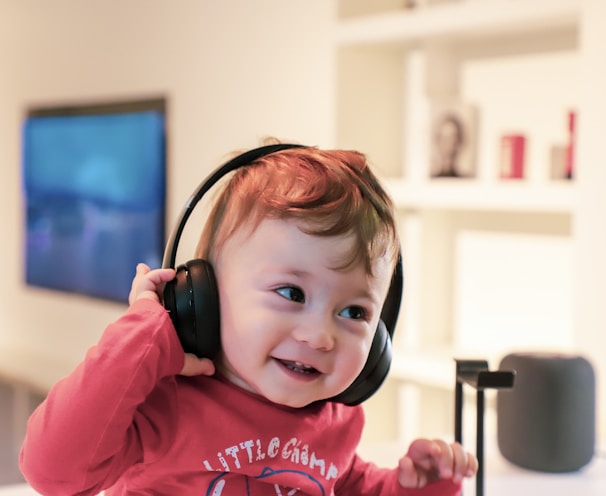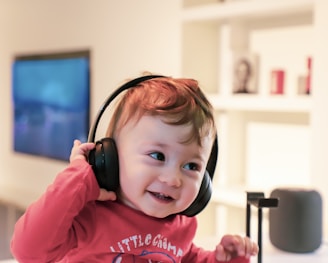
Neu·ro·feed·back
Non-invasive, medication free approach for treating brain based conditions.
A form of biofeedback that teaches you self control of your own brain.
Encourages the brain to develop healthier brain patterns of activity.
What is Neurofeedback
How does Neurofeedback work?
Your first visit with us includes an initial assessment and a brain scan. This scan is painless and takes approximately 30 minutes to complete. It's designed to map out different areas and regions of your brain, providing us with valuable insights into how it functions.
The neurofeedback program is designed to reward and reinforce positive changes in your child's brainwave activity.
Over time, their brain learns to produce more of the desired brainwave patterns associated with focus, attention, and self-control.
Through repeated neurofeedback sessions, your child's brain starts to develop better self-regulation.
How Neurofeedback can help
Autism
By targeting specific brainwave patterns associated with Autism Spectrum Disorder (ASD), neurofeedback aims to improve communication, social skills, attention, and emotional regulation. Through real-time feedback of their brain activity, children with Autism can learn to self-regulate and modulate their brainwaves, promoting more balanced and adaptive neural functioning. Neurofeedback has been found to enhance executive functions, reduce hyperactivity, and improve social interactions and communication abilities in children with ASD.


ADHD
Neurofeedback is a non-pharmacological intervention for children with ADHD. By using neurofeedback, children with ADHD can learn to regulate their brainwave patterns, specifically targeting areas associated with attention and impulse control. Children gain awareness and control over their brain activity, leading to improvements in attention span, focus, and behavioral self-regulation. The skills learned during neurofeedback training can improve academic performance, social interactions, and overall well-being.


Tics/Tourette's
By providing real-time feedback on brainwave activity, neurofeedback helps children develop self-regulation skills, allowing them to gain control over their involuntary movements or vocalizations. Through neurofeedback training, children learn to recognize and modify the brainwave patterns associated with tics, which can lead to a reduction in their frequency, intensity, and duration. This form of therapy promotes neuroplasticity, allowing the brain to reorganize and establish new neural pathways that support more regulated movement and behavior.



Create a healthy neurological foundation for your child's brain.
ADHD brain VS. Normal brain

What your brain waves mean

